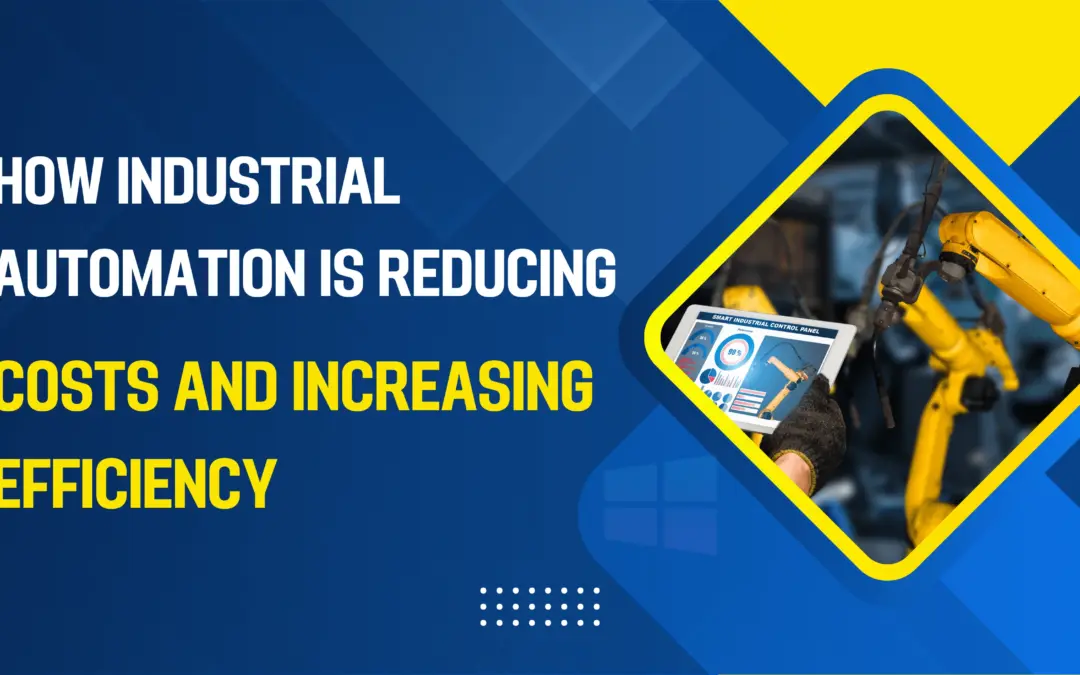Ever stood in an aisle, torn between two similar products, and ended up choosing the one with the cooler box? That’s no accident, it’s the power of packaging design at work. In a world where shoppers make split-second decisions, your product’s packaging is a container and salesperson, a brand ambassador, and a deal-closer all in one.
Whether you are launching a new product or refreshing an existing one, understanding how design influences buyer behavior is key. Let’s dive into the psychology, real-world examples, and actionable strategies to make your packaging impossible to ignore.
Why is packaging design a key aspect?
1. First Impressions Count
Humans are visual creatures—we process images 60,000 times faster than text. That means your packaging has milliseconds to grab attention before a shopper moves on.
Real-world example:
- Apple vs. generic tech brands. Apple’s clean, minimalist packaging screams premium quality, making customers feel they’re buying something worth the price—even before opening the box.
2. Communicates Brand Identity
Your packaging is a storytelling tool. Colors, fonts, and materials send subconscious cues about your brand’s personality:
- Whimsical & playful? Think Ben & Jerry’s—bright colors, quirky illustrations.
- Luxury & elegance? Chanel’s matte black boxes with gold accents say it all.
- Eco-conscious? Who Gives A Crap uses recycled paper and cheeky copy to appeal to sustainability-minded buyers.
3. Influences Perceived Value
A flimsy, poorly designed package makes products feel cheap—even if what’s inside is high-quality. Conversely, thoughtful textures (embossing, soft-touch coatings) or unique structural designs can justify a higher price point.
Pro tip:
- Lush Cosmetics uses knot-wraps (reusable fabric packaging), making unboxing feel like a gift—enhancing perceived value.
4. Builds Trust & Recognition
Consistency = trust. If your packaging changes every few months, customers won’t recognize your brand at a glance.
Example:
- Toblerone’s triangular prism packaging hasn’t changed much in decades. That consistency makes it instantly identifiable worldwide.
5. Encourages Impulse Buys
Clever packaging triggers the “I need this now” feeling:
- Limited-edition designs (e.g., McDonald’s collaborating with celebrities on drink cups) create urgency.
- Interactive elements (peel-off labels, hidden messages) engage shoppers longer, increasing purchase likelihood.
How to Make Your Packaging Stand Out (Tips from Kedra Digi)
Want packaging that doesn’t just sit on shelves, but sells? Here’s how:
Know Your Audience Inside Out
- Australian eco-buyers? Use biodegradable inks and minimalist designs (think Aesop’s apothecary-style bottles).
- Gen Z shoppers? Bold, Instagrammable designs work best (Glossier’s pink bubble wrap pouches).
Simplicity Wins (But Add a Twist)
- Haigh’s Chocolates keeps packaging elegant but adds a tactile experience (ribbon pulls, embossed logos).
- Tip: Avoid clutter—highlight one key visual element (e.g., a striking color or unique shape).
Test Before You Commit
Run small batches with different designs and track:
- Which version gets picked up more in stores?
- Which unboxing experiences get shared on social media?
Design for the Digital Shelf Too
- Online shoppers won’t touch your package—so use high-res images showing textures, scale, and unboxing moments.
- Example: Dollar Shave Club’s viral unboxing videos turned packaging into a marketing tool.
Stay True to Your Brand
- If your brand voice is cheeky (Innocent Drinks), let packaging reflect that.
- If it’s ultra-luxury, every detail (even the tissue paper) should feel exclusive.
Final Thoughts
Great packaging doesn’t just protect your product. It elevates your brand, justifies pricing, and turns casual browsers into loyal customers. Whether you’re a startup or an established name, investing in strategic design pays off.
Ready to make your product the one customers can’t resist? Let’s design something unforgettable.

